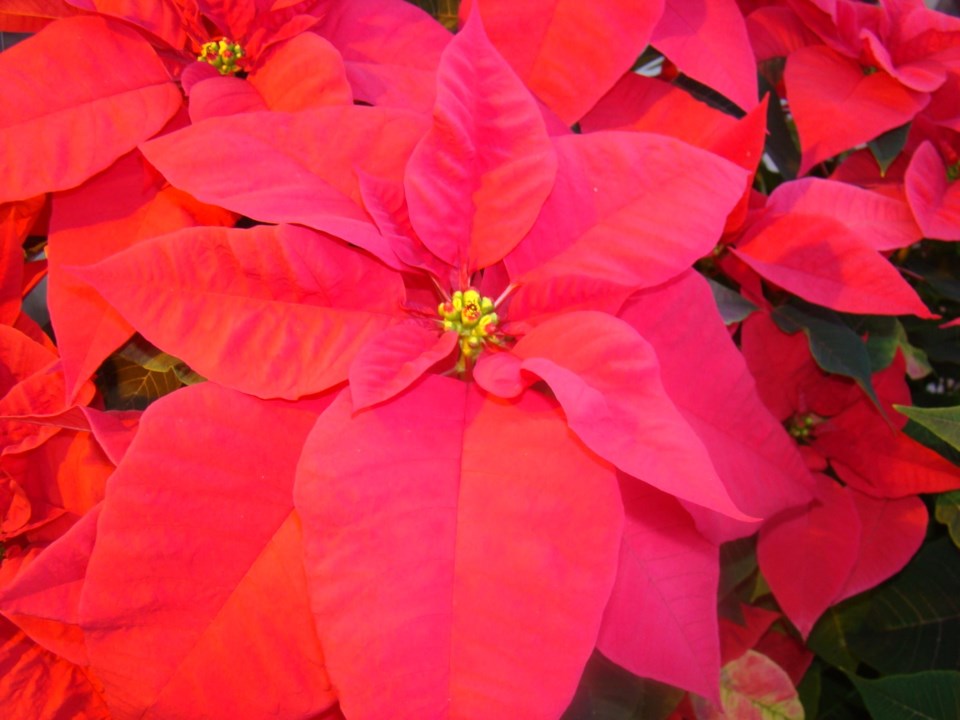YORKTON - The winter solstice approaches.
On Wednesday Dec. 21, at approximately 3:48 PM, the solstice will occur, making December 21 the time when we will have the shortest day of the year and the longest night.
What actually happens? At that time, the earth will be tilting so that the sun reaches the furthest south that it will all year. Folks living ‘down under’ will have the longest day and the shortest night of the year. But that means that our part of the world, the northern hemisphere, is tilting the farthest away from the sun that it will all year. That’s why we have the opposite: the shortest day and the longest night.
We can look forward to the solstice on June 21, 2023, which will give us the longest day and the shortest night of the year. This will be the day when the sun hits the northernmost part of the globe.
But till that happens, we contend with winter, and even though we still have a lot of winter after December 21, we know that we are working towards spring.
The holiday season brings a bounty of beautiful plants for us to enjoy. Poinsettias are probably one of the first Christmas plants that come to mind. They come in a wide variety of colors and sizes. Gardener’s points to remember: they like bright, indirect light, and they will not do well if they are overwatered. Cooler temperatures suit them just fine.
Amaryllis (hippeastrum) is such a fun plant! They often have a shoot emerging when we buy the bulb, and from that point it seems that they grown and change almost by the day. These beauties like full sun. Be sure to turn the container so that they aren’t stretching for the sun and remain straight. Water them when they feel dry. They don’t like wet feet. If you want a long and involved gardening conversation, ask gardeners if they should try to keep amaryllis bulbs from year to year, and how to do it! Everyone has success (and failure!) stories about the bulbs, and how to care for them to keep them. It is true that they can be very long-lived. For some. But for gardeners who live in the moment, they will make a great pop of beauty in the next few weeks to brighten our winter days!
Winter bulb displays in the stores often include paperwhites (Narcissus papyraceus). These delicate and very beautiful white flowers look very elegant on their tall stems, and they are easy to grow. They are interesting because they grow in pebbles in a dish. We must be diligent to be sure they have water, but this unique growing medium gives a very Zen quality to the plant, very pretty in the home. But…(doesn’t every unique plant have a ‘but’?)…paperwhite have a very strong fragrance that people wither love or loathe. It can be quite overwhelming, especially in the confines of a small room.
We always learn. I’ve read lately about a pretty holiday plant called “frosty fern” (selaginella kraussiana) that is really a kind of moss. Do you know it? The coloring of the tips of the leaves is why it has the name “frosty”, but it looks very festive in a container. They’re a fussy little plant, doing best with high humidity and low to medium light. But it might be a new gardening challenge for us, at least for this holiday season!
Find out what is happening with the hort society by visiting us at
Thank you to our friends at YTW for their great work. Have a lovely week and stay warm!






